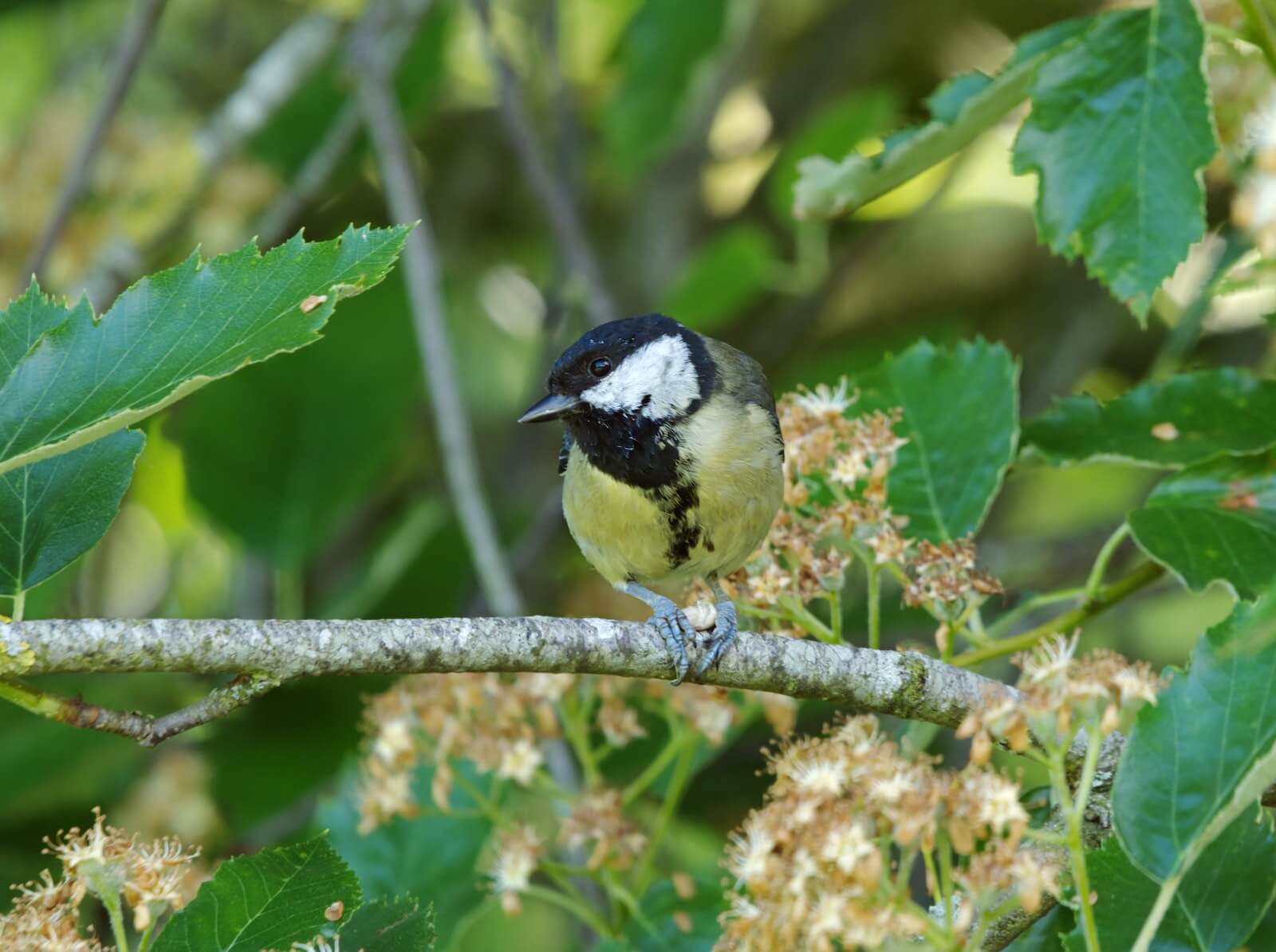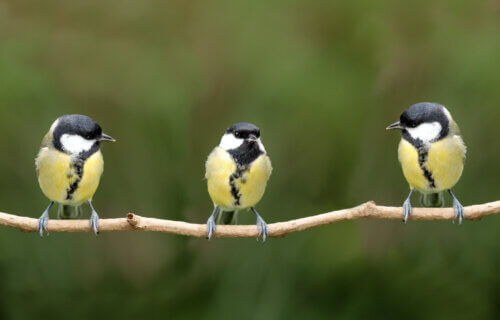Scientists say the diets of city birds are to blame for their duller plumage.
LUND, Sweden — The leaves in city parks aren’t the only things in nature changing color. Researchers reveal that city-dwelling birds display “duller” yellow-orange-red tones compared to their counterparts living in non-urban settings. The study on great tits across Europe points to the diets of city birds as the culprit behind being less colorful.
Animals have increasingly been making their homes in urban environments, often leading to changes in their behavior and appearance.
“We used feather samples collected from great tits in cities and forests across Europe,” says study author Hannah Watson, biology researcher at Lund University in Sweden, in a statement. “Different methods all confirmed that urban great tits are paler.”
The vibrant yellow hue seen in the feathers of great tits originates from carotenoids. These are sourced from the insects the birds eat, which in turn gain these nutrients from the plants they consume. Carotenoids are essential antioxidants that defend the body against pollution’s harmful effects. When city-based great tits can’t get sufficient carotenoids from their diet, their feather color becomes less vibrant. This paleness indicates a lowered defense against pollution-related health issues.

“Our findings suggest that birds in the city are not getting the right diet,” notes Watson. “This can help us understand how to create urban environments that are more beneficial for biodiversity. By planting more native trees and plants in our gardens and parks we can help small birds, such as great tits, by providing them with a healthy diet of insects and spiders for themselves and their chicks.”
The team discovered that the impact of urban living on birds isn’t consistent across Europe. In Lisbon, forest-residing great tits had noticeably brighter plumage than those living in the city. Yet, in Malmö, the difference in the plumage vibrancy between city and forest great tits was less pronounced.
“We need further research to understand why some cities have more favorable environments for birds and wildlife than others,” says Watson. “This can help urban planners develop biodiversity-friendly policies and improve the quality of life for people living in cities.”
The study was published in the Journal of Animal Ecology.
